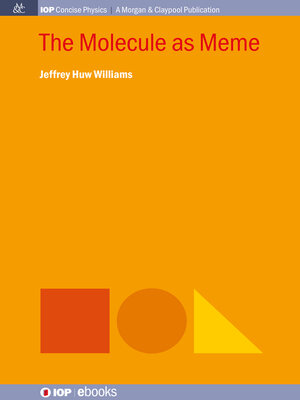
Sign up to save your library
With an OverDrive account, you can save your favorite libraries for at-a-glance information about availability. Find out more about OverDrive accounts.
Find this title in Libby, the library reading app by OverDrive.



Search for a digital library with this title
Title found at these libraries:
| Library Name | Distance |
|---|---|
| Loading... |
It was not until 1971 that the authority for defining scientific units, the General Conference of Weights and Measures got around to defining the unit that is the basis of chemistry (the mole, or the quantity of something). Yet for all this tardiness in putting the chemical sciences on a sound quantitative basis, chemistry is an old and venerable subject and one naturally asks the question, why? Well, the truth is that up until the mid-1920s, many physicists did not believe in the reality of molecules. Indeed, it was not until after the physics community had accepted Ernest Rutherford's 1913 solar-system-like model of the atom, and the quantum mechanical model of the coupling of electron spins in atoms that physicists started to take seriously the necessity of explaining the chemical changes that chemists had been observing, investigating and recording since the days of the alchemists.
In this volume, we will see that the concept of a molecule was like a meme, or idea that had been accepted in the chemistry community, and then diffused outwards into the wider scientific community. This process of diffusion led to the creation of a new field of science, physical chemistry. The distinction between physical chemistry and physics lasted for the first-half of the last century, when it disappeared with the advent of the quantum mechanical interpretation of all physical and chemical processes and phenomena.







